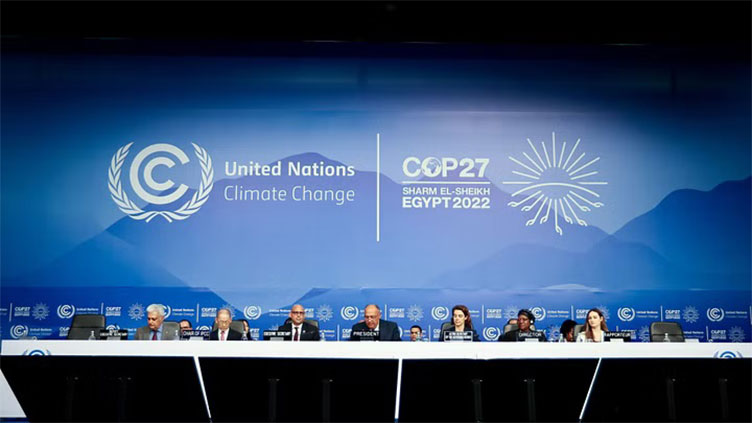Trillions of dollars of investments are needed each year to achieve the rapid, far-reaching transformations required to create a net-zero emissions world and build resilience for the most vulnerable.
The Assets to Flows
The report identifies key insights from the regional forums, reflecting the priorities of each region and highlighting perspectives from the diverse forum participants on what more is needed to further develop projects and attract investment.
Project pipeline development: In addition to the Assets to Flows report, the COP 27 Presidency, the High-Level Champions, and the United Nations Regional Commissions have released an extended compendium comprising a further 128 projects. They also highlight variations in project maturity and deal size – from US$ 10 million to US$500 million.
The Africa Climate Risk Facility
It is an initiative of The Nairobi Declaration on Sustainable Insurance (NDSI). Its signatories are committing to underwrite $US 14 billion of cover for climate risks by 2030. It’s the first time signatories have made this financial commitment.
The Independent High-Level Expert Group on Climate Finance
It was commissioned by the COP26 Presidency together with the COP27 Presidency to scaling up investment for climate and development, it includes recommendations for scaling up long-term finance for developing countries including the need to integrate climate and development in a holistic manner.
Paris Aligned Asset Owners (PAAO)
The initiative publishes its first Progress Report and initial target disclosures for a further 13 signatories. The Inaugural Progress Report showcases innovation and best practice amongst asset owners for turning net zero commitments into action. The new targets mean 40 asset owners have disclosed initial targets since March 2021.
The Critical Business Actions for Climate Change Adaptation
The report is published by the World Economic Forum (WEF). As companies are becoming acutely aware of climate impacts on their business, they need a framework for responsible action. This paper offers a clear framework while bridging the language of business with the language of climate adaptation, showing how companies can look after their interests while being part of the solution to a major shared global challenge.
Source:
News Agencies









